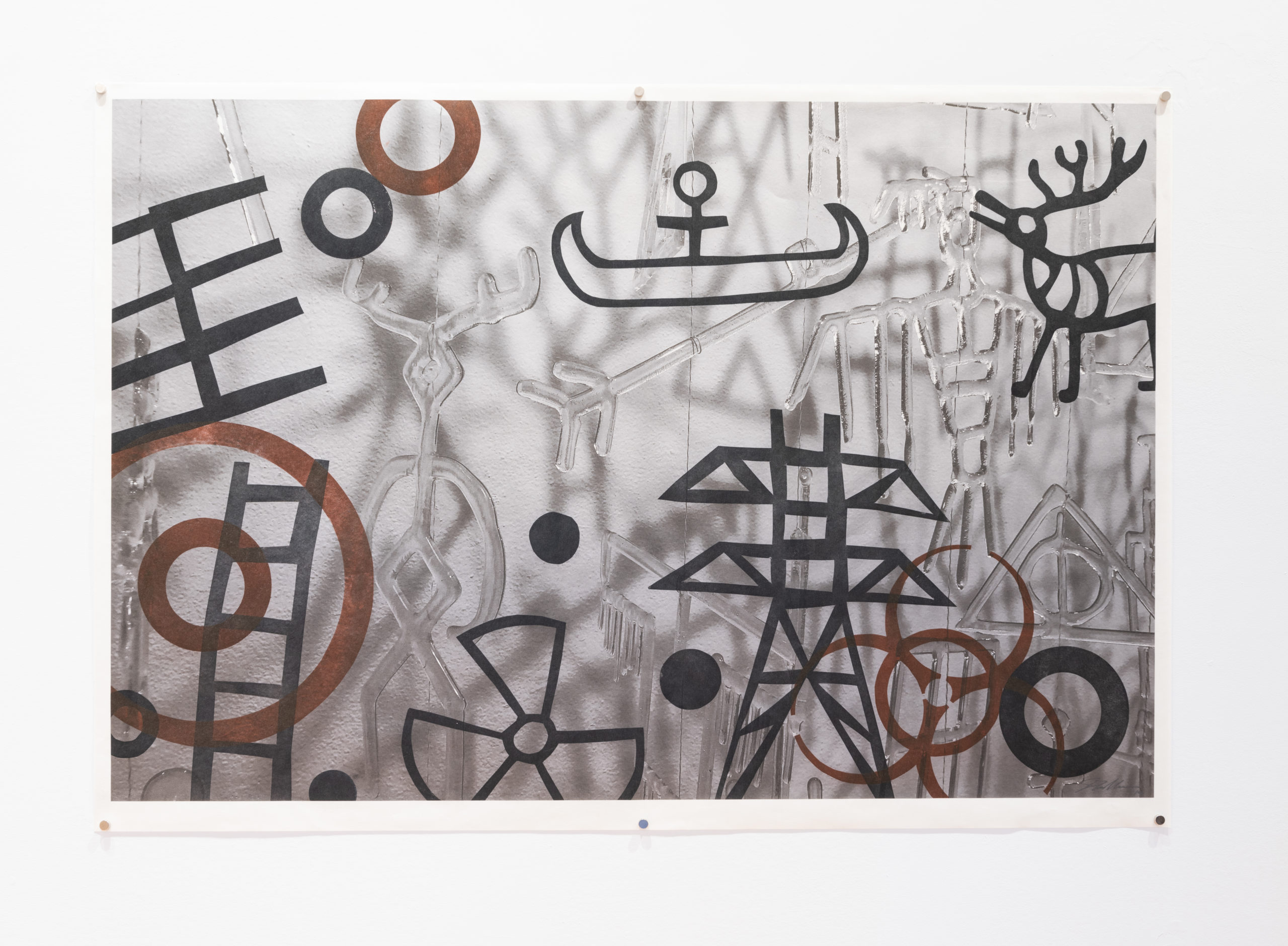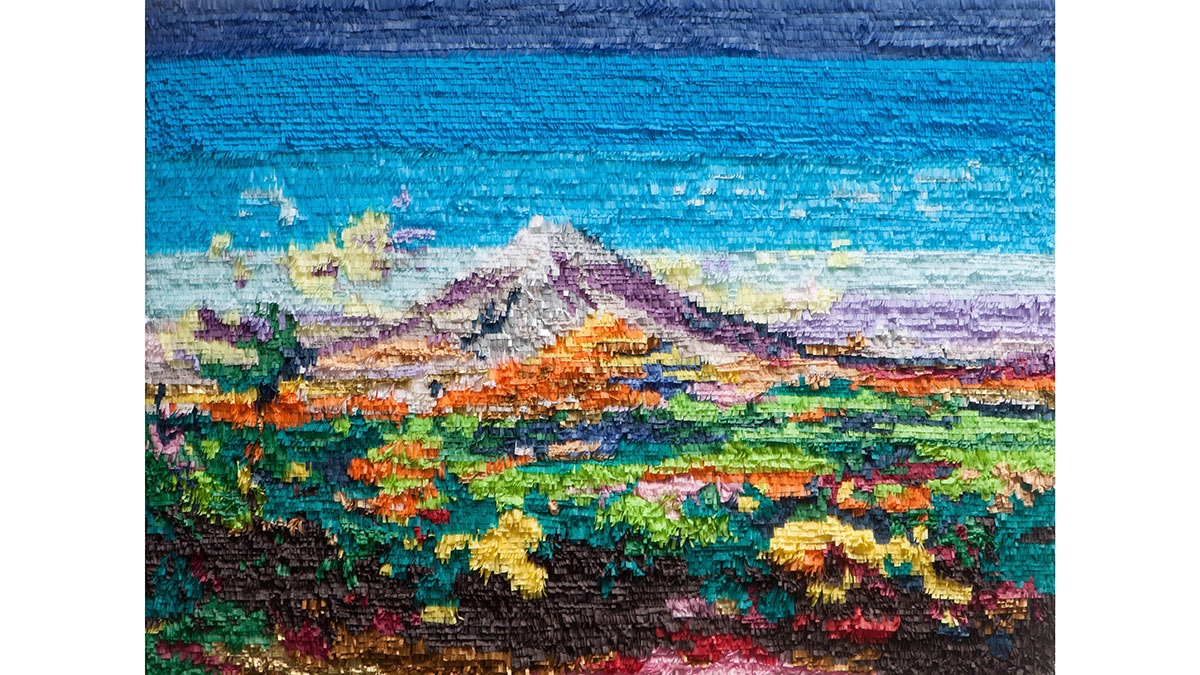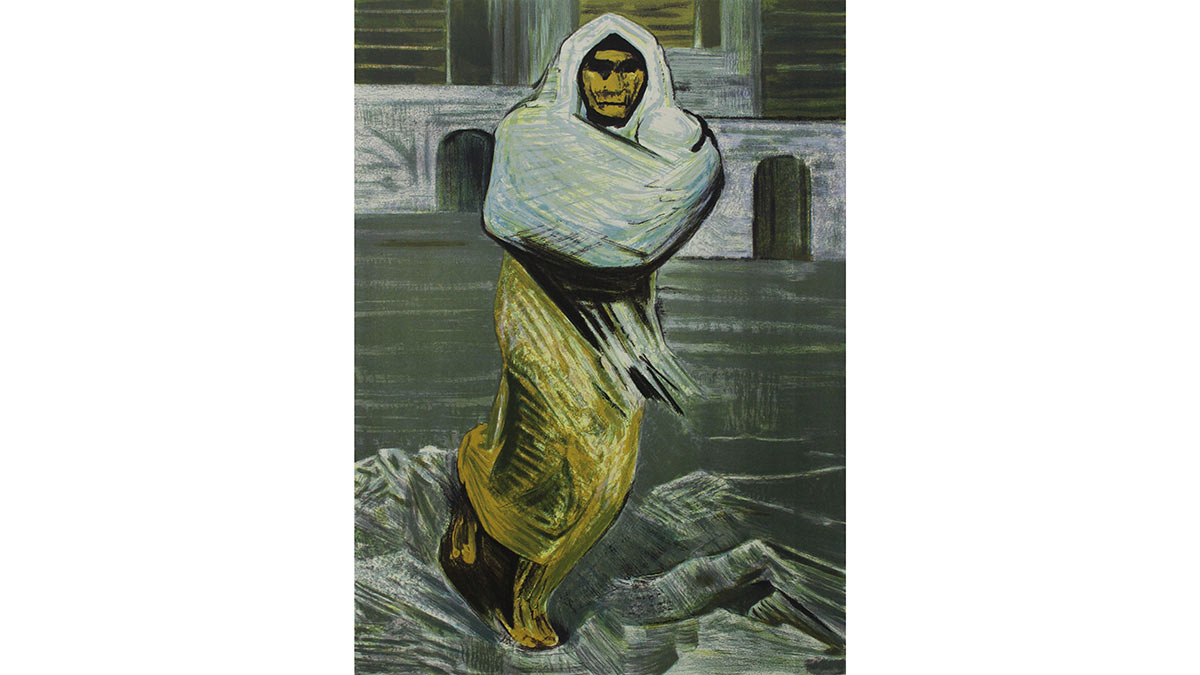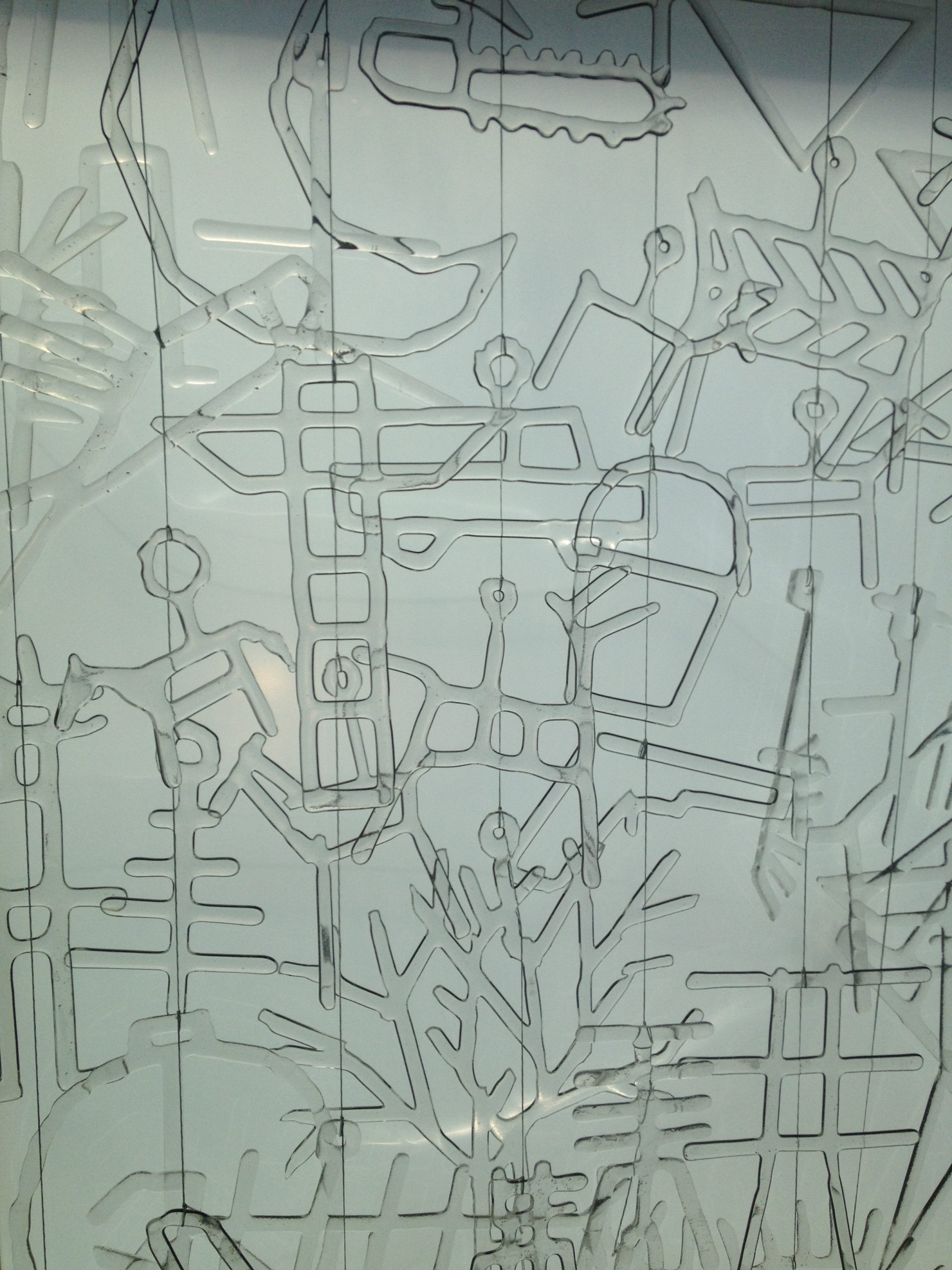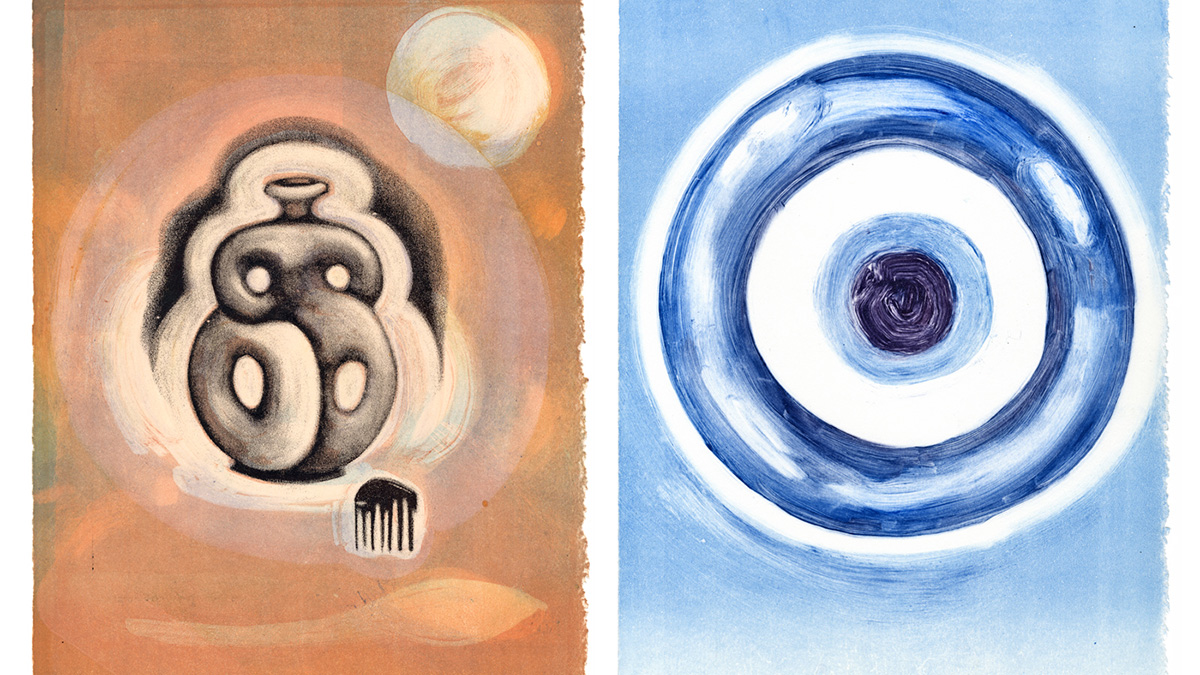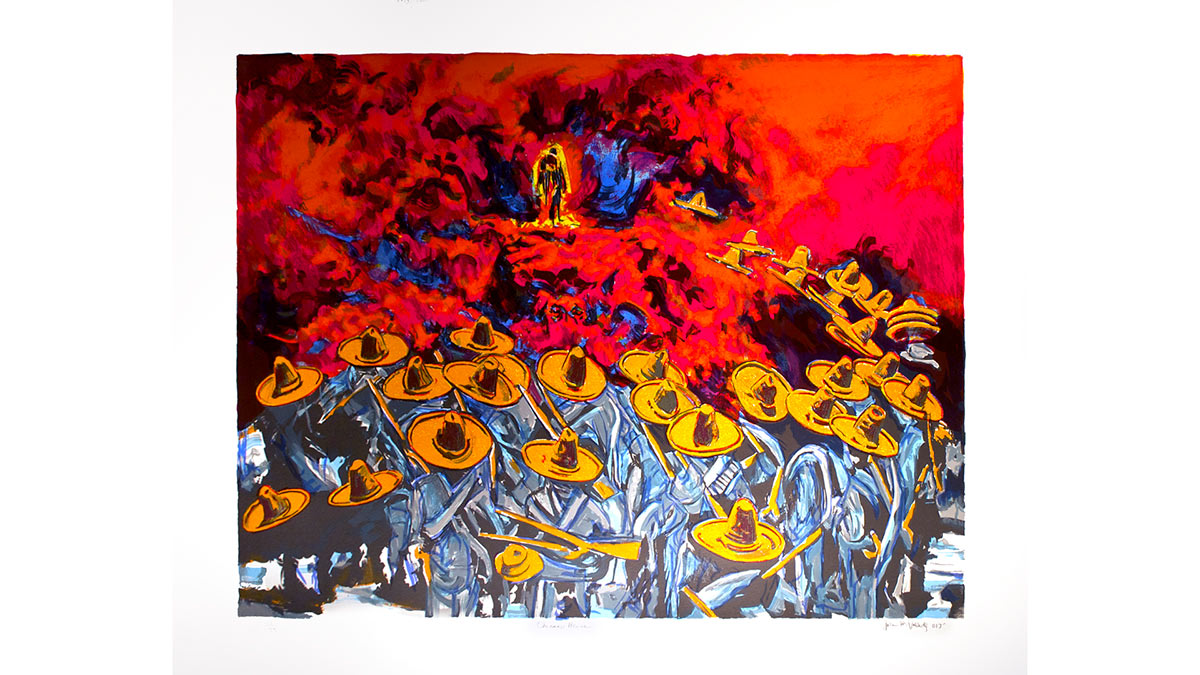Join SOU Senior Tyler Noland for an introduction to the work of Geraldine Ondrizek one the artists in the Hallie Ford Fellows in the Visual Arts exhibition ‘What Needs to Be Said: Hallie Ford Fellows in the Visual Arts’. This exhibition will be on view on the Schneider Museum of Art’s website during the Winter of 2021.
There tends to be this idea that art and science don’t intersect, an idea that is quite often proved wrong by the frequent collision of ideas in the world. The artwork of Geraldine Ondrizek is an instance of this collision. 2014 Hallie Ford Fellow, Ondrizek teaches book binding and sculpture at Reed College, and has spent the last twenty years collaborating with scientists to make works which say something beyond the aesthetic. Ondrizek is one of the thirteen artists featured in the Schneider’s virtual winter exhibition What Needs to be Said: Hallie Ford Fellows in the Visual Arts, as well as a participant in the Creative Industries Discussion series currently held via zoom.
Ondrizek is known for making artist books and architectural installations which often focus on genetics and cellular development. She collaborates with scientists working in the fields and on studies she is interested in, to make works that are both educational and thought provoking, as well as aesthetically magnificent. The works in the winter exhibition Installation View: The Origins of Biometric Data; A Collection of Books are a collection of artist books Ondrizek made while at a residency at the Max Planck Institute in Berlin, looking at the archives of Dr. Georg Geipel. Geipel was a German scientist who pioneered the field of biometric identification from the 1930s to the 1960s. The pages of these artist books are filled with the photographs of palm prints from this archive, printed on translucent paper eluding to that of skin. Much like many of Ondrizek’s works, the origins and history of the information highlighted is steeped in misuse and deeply misguided methods regarding how genetics affects things like race, and in this case the continued use of genetic surveillance. Ondrizek uses her art to call attention to these injustices in science, while also relaying how valuable and intricate our genetics are. This work in particular highlights the beauty of the unique lines of every person’s palms.
Ondrizek is the fourth artist featured in the winter exhibition’s creative industries discussion series, speaking on Thursday March 4th, 2021 at 12:30pm PST. The creative industries discussions give further insight to the artist’s work and practice, as well as providing an opportunity for community questions. This series is now being held via zoom due to COVID-19 safety and restrictions.
The Winter Exhibition What Needs to Be Said: Hallie Ford Fellows in the Visual Arts will be available to view virtually on the Schneider Museum of Art’s website until March 6, 2021.
Tyler Noland is a senior Creative Writing major at Southern Oregon University. She is originally from the Bay Area, and this is her third year at the Schneider Museum of Art. While not working on her writing she enjoys making collages with vintage magazines.
